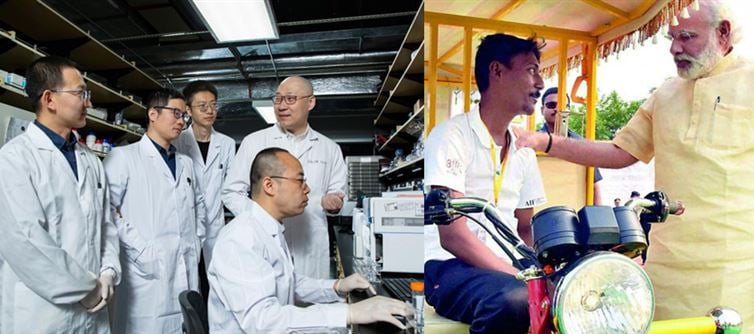
Yet, despite its limited R&D budget, india has achieved remarkable breakthroughs in key sectors like space exploration (ISRO’s Chandrayaan and Gaganyaan missions), wallet PLATFORM' target='_blank' title='digital-Latest Updates, Photos, Videos are a click away, CLICK NOW'>digital public infrastructure (like UPI and Aadhaar), and affordable pharmaceuticals. These successes demonstrate India’s innate potential to innovate even under tight resource constraints. But this should be seen not as a justification for underfunding, but as evidence of how much more india could achieve with the right investment. If even a fraction of the funds spent on politically expedient giveaways were redirected towards scientific research, advanced education, and strategic tech development, india could not only bridge the gap with global leaders but also leapfrog into new frontiers.
In the end, the question is one of priorities. Investing in research and innovation doesn’t deliver instant electoral rewards, but it builds the backbone of a resilient, future-ready nation. Freebies may win votes in the short term, but only R&D can secure lasting prosperity. India’s youth, wallet PLATFORM' target='_blank' title='digital-Latest Updates, Photos, Videos are a click away, CLICK NOW'>digital capabilities, and demographic dividend offer a unique window of opportunity—but only if policy shifts from short-term appeasement to long-term nation-building. A forward-looking india must choose to fund its labs as generously as it funds its slogans.




 click and follow Indiaherald WhatsApp channel
click and follow Indiaherald WhatsApp channel